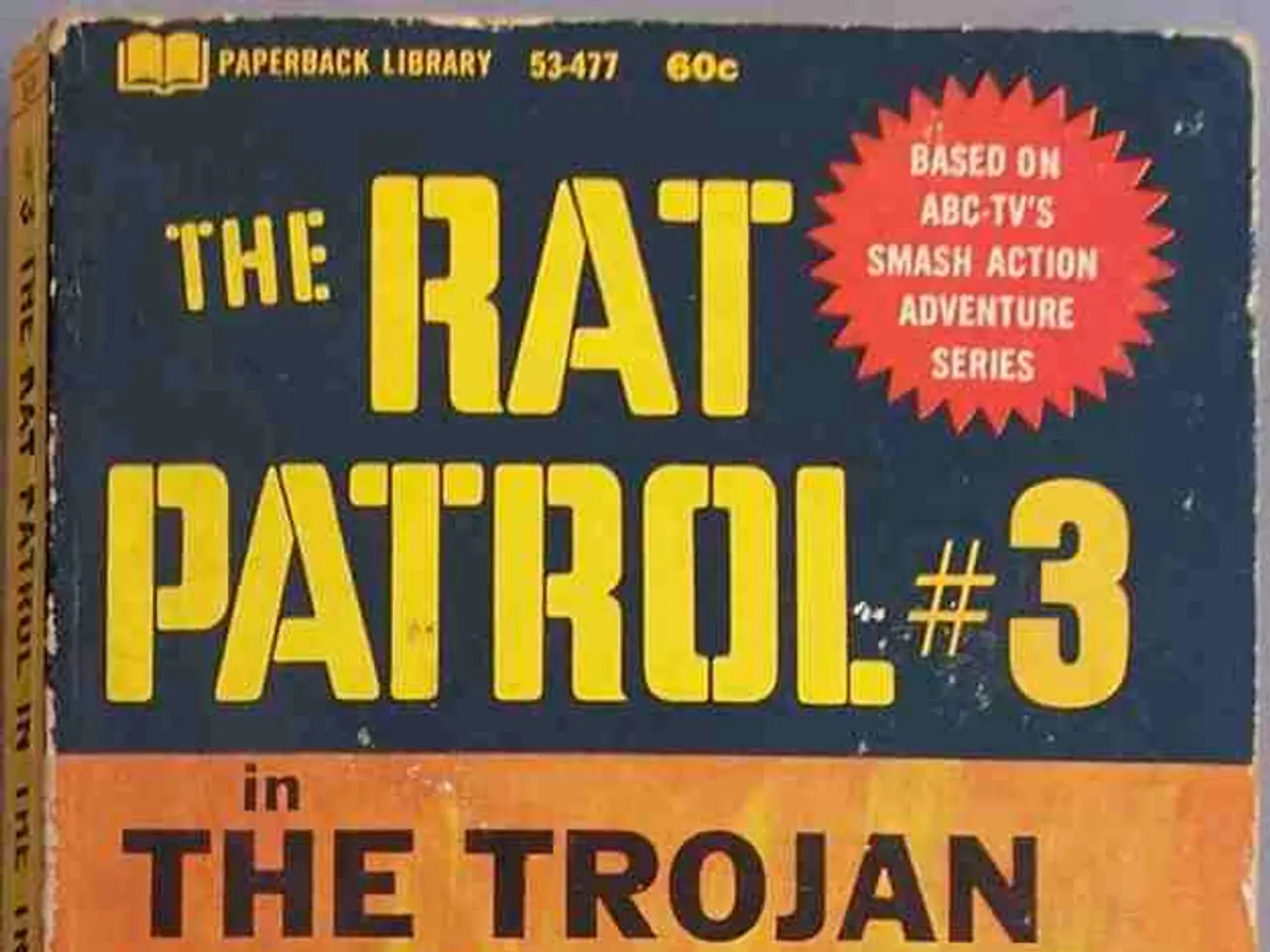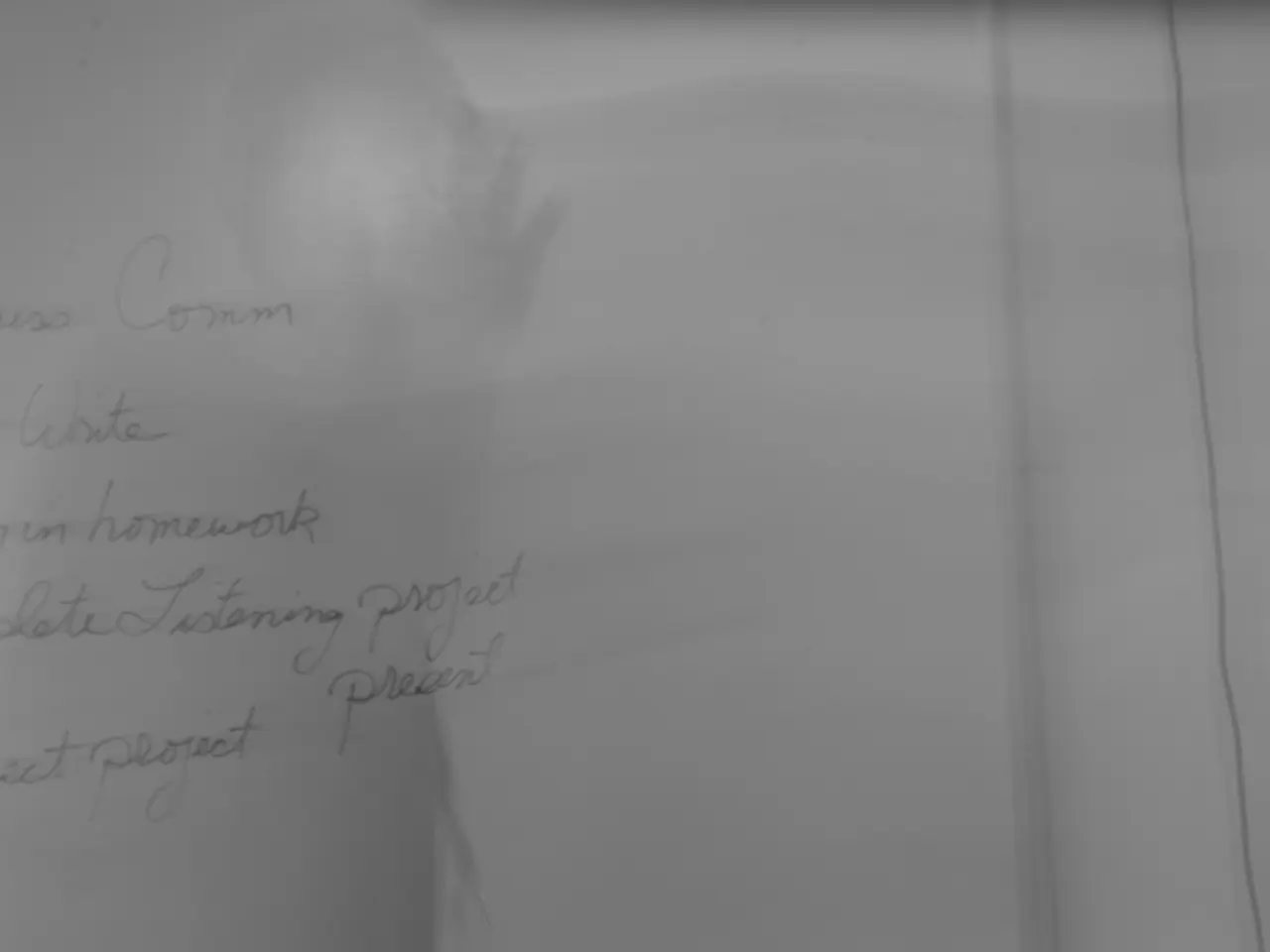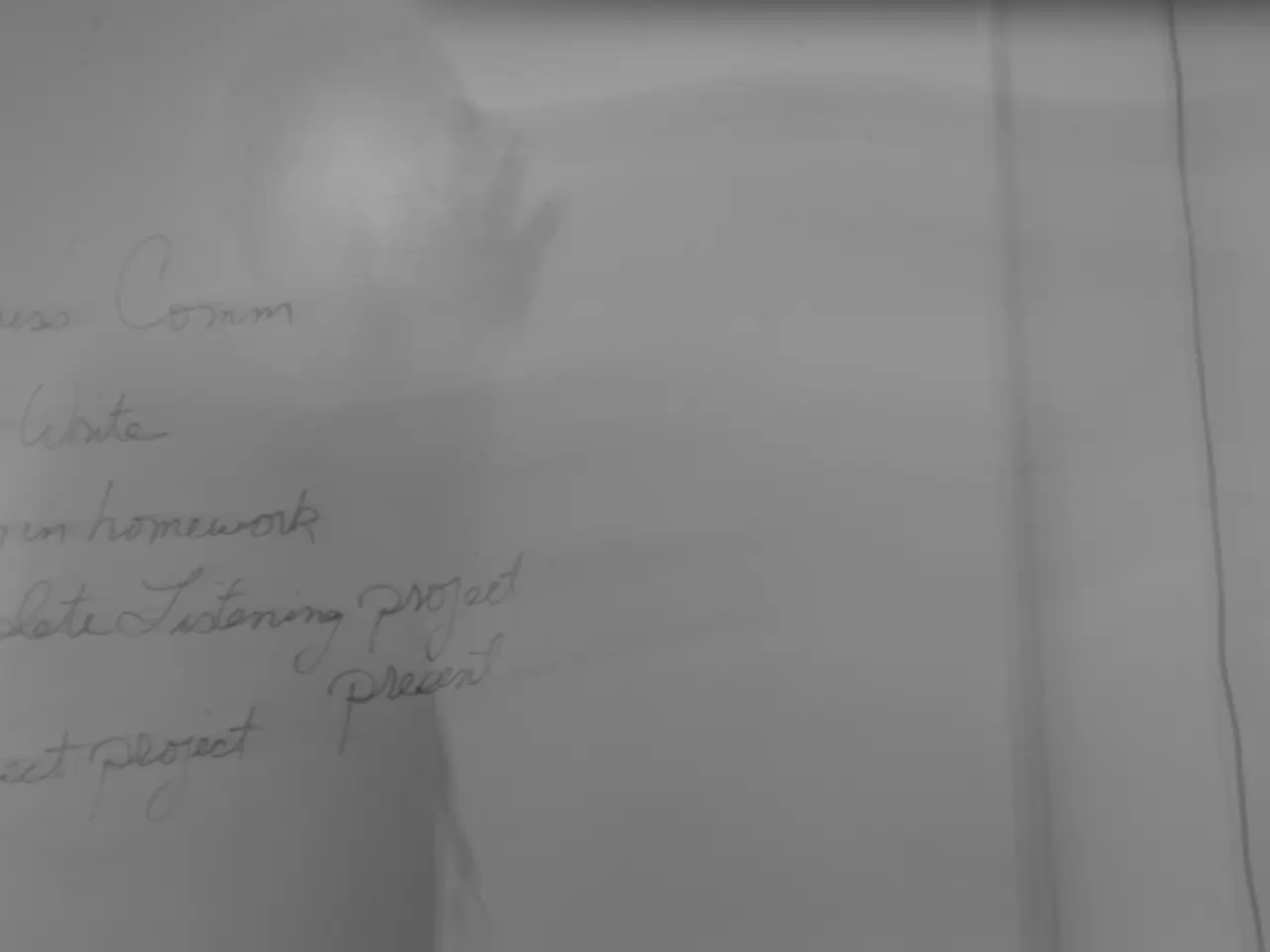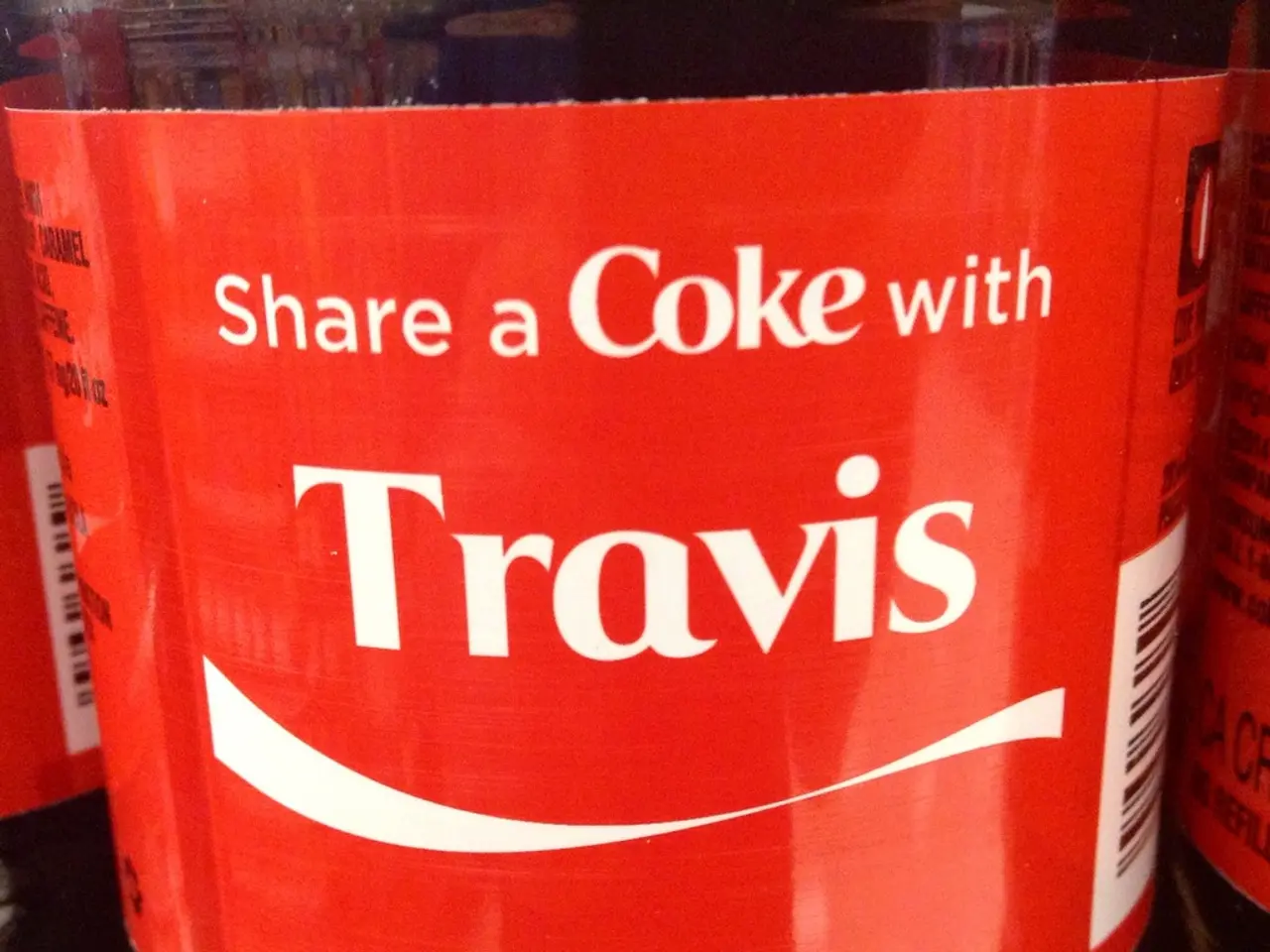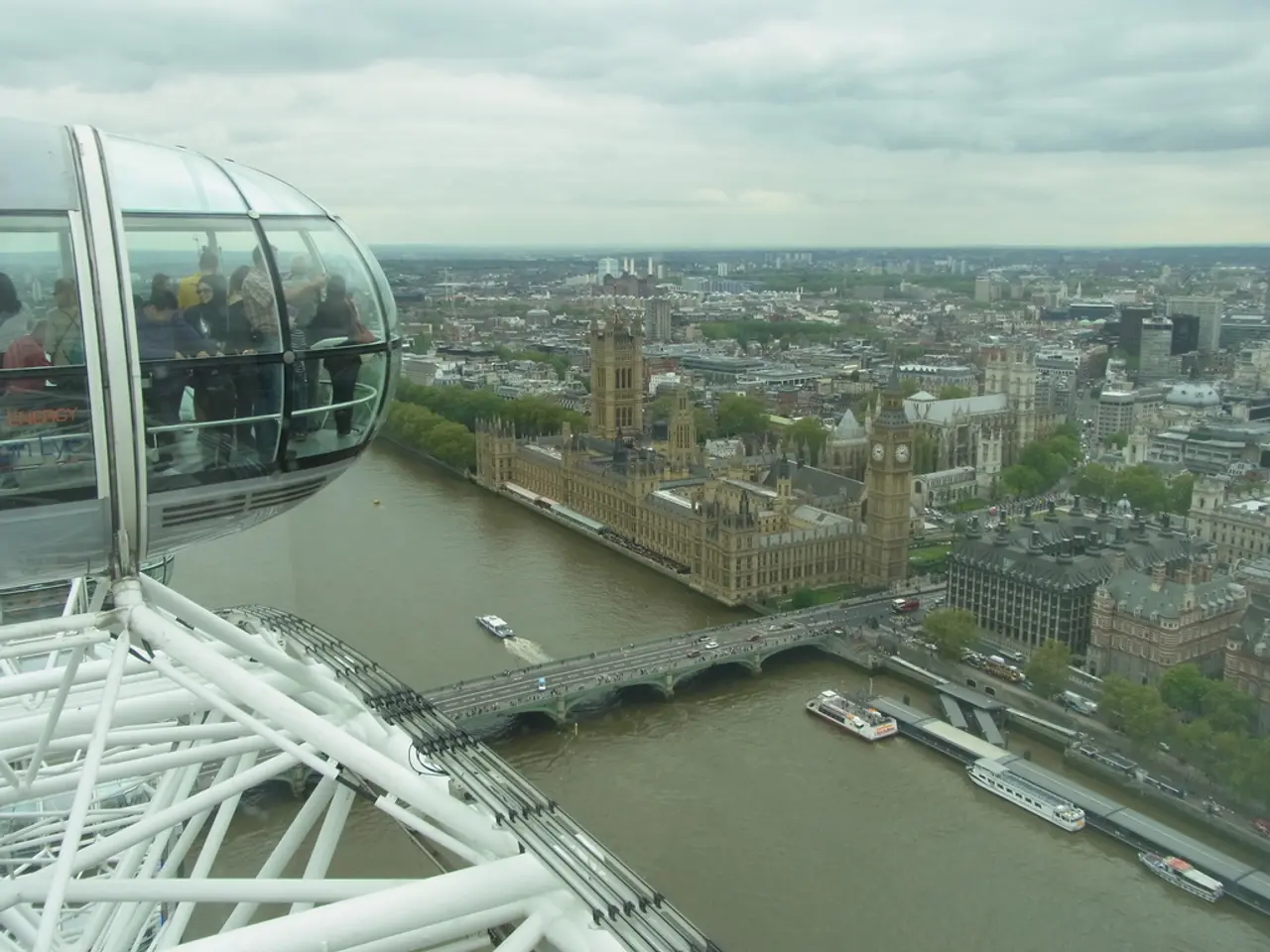Nuclear submarines dispatched by Donald Trump
The ongoing tensions between the United States and Russia over the war in Ukraine have reached a new high in mid-2025. U.S. President Donald Trump has been growing increasingly frustrated with Russia's refusal to agree to a ceasefire, setting short deadlines and threatening new economic sanctions if Moscow does not comply[1][5].
In response to provocative nuclear rhetoric from Russia, notably from former Russian President Dmitry Medvedev who warned of nuclear retaliation invoking Russia's Cold War-era "Dead Hand" system, Trump has ordered the deployment of two U.S. nuclear submarines near Russian waters as a strong deterrent signal[2][3][4].
The role of nuclear submarines in this conflict is primarily strategic and symbolic, serving as a demonstration of U.S. military readiness and resolve in the face of escalating nuclear threats from Russia. The deployment aims to counterbalance Russia's aggressive posture and to pressure Moscow into ceasefire negotiations in Ukraine[2][3][4].
Meanwhile, Russia has been ramping up its military activities in the region. From January to June, Russia tripled the number of missiles fired at Ukraine (77 to 239, then 198 in July). Additionally, Russia has launched a record number of drones against Ukraine in July (6297), a significant portion of which are decoy drones, intended to saturate Ukrainian air defense systems[1].
Russia has also announced the serial production of its latest-generation hypersonic missile, the Orechnik, and has been deploying these advanced weapons in Belarus, an ally bordering several NATO and EU countries[3]. This enhances Russia's capability to conduct rapid, high-impact strikes, complicating U.S. and allied defense planning and raising the stakes militarily and diplomatically.
The conflict in Ukraine has taken a heavy toll on civilians, with nightly aerial attacks forcing residents to seek shelter. An attack on Kyiv on the night of Wednesday to Thursday killed 31 civilians, including five children, the youngest of whom was only two years old[1].
In response to these escalating tensions, Trump has demanded that Moscow cease hostilities by the end of next week and is considering "secondary" sanctions, including sanctions on countries buying Russian oil, to cut off revenue for the Russian war machine[1][5].
The deployment of nuclear submarines by the U.S. and the escalation of Russia's military activities in Ukraine have raised concerns about the potential for a wider conflict. Both leaders, Trump and Putin, have insisted on wanting a "lasting peace" in Ukraine, while Zelensky has called for negotiations. However, the path to peace remains uncertain as tensions continue to escalate.
[1] The New York Times [2] CNN [3] BBC News [4] The Washington Post [5] The Guardian
- The ongoing political standoff between the United States and Russia over war-and-conflicts, specifically the war in Ukraine, has sparked a surge in general news coverage as tensions reach new heights, with U.S. President Trump threatening economic sanctions and deploying nuclear submarines as a deterrent.
- The escalation of military activities in Ukraine, such as Russia's increased missile attacks and the deployment of its latest-generation hypersonic missiles, has fueled concerns about the potential for a wider conflict, raising the stakes not only militarily but also diplomatically.
